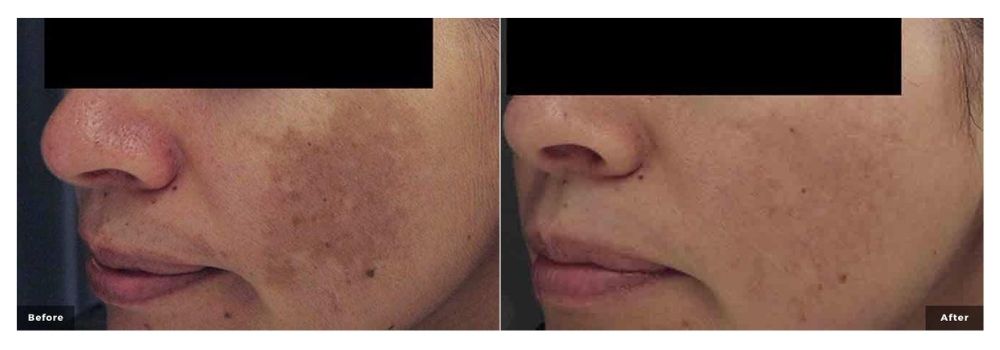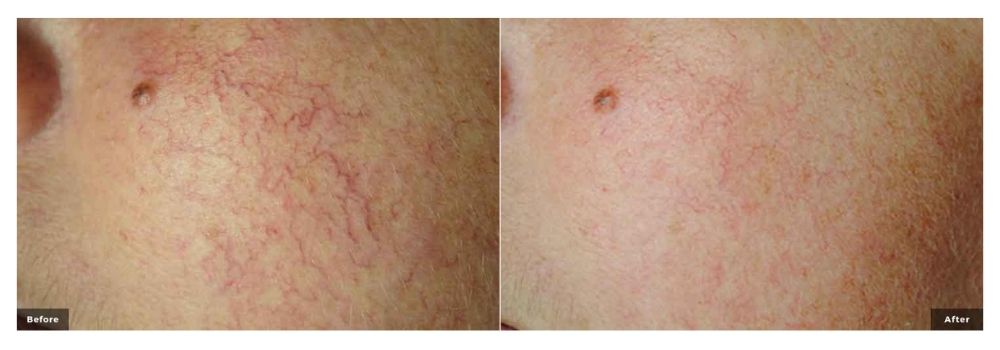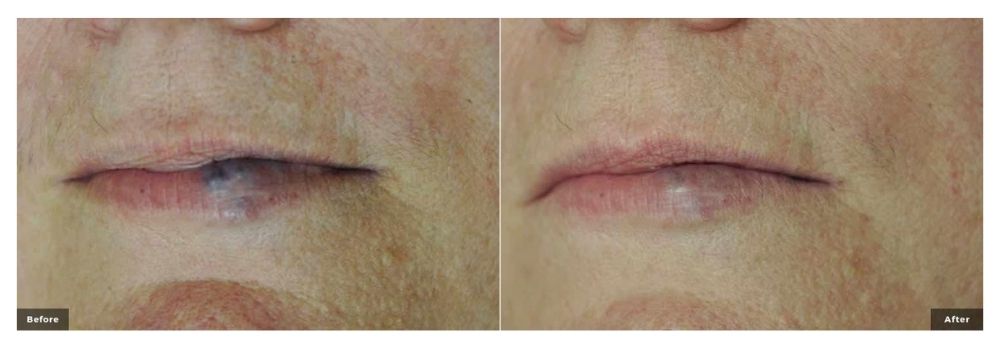Thank you for contacting us.
We’ll respond to your request shortly.
For urgent inquiries please call us at (909) 902-1988.
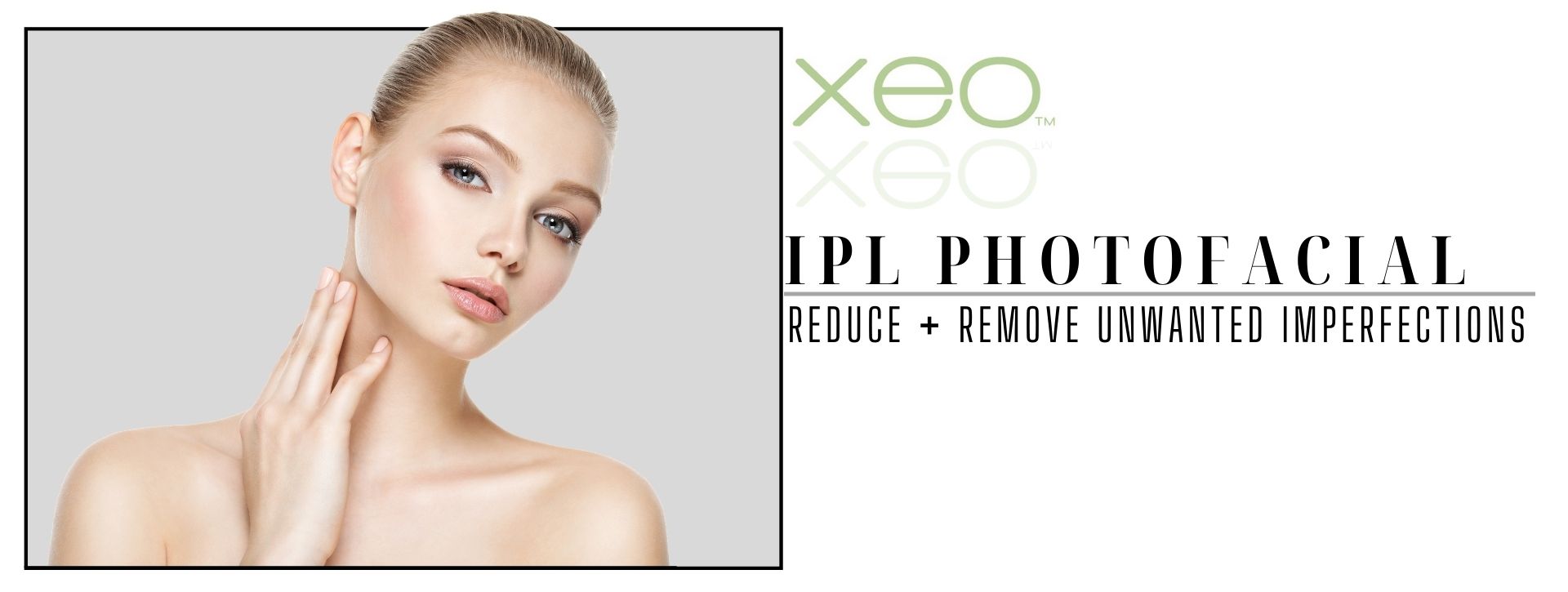
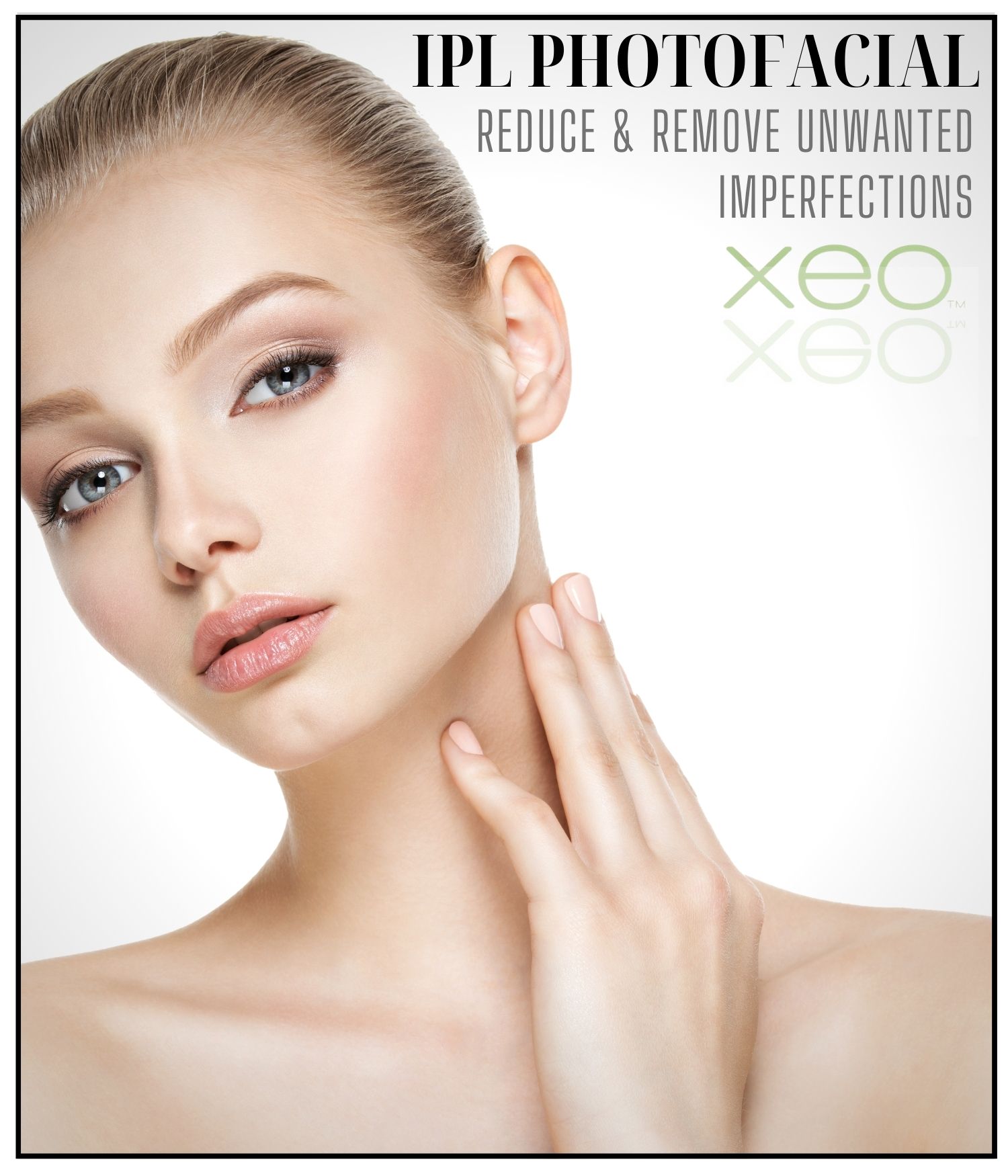
IPL Photofacial
IPL, or intense pulsed light, is a versatile treatment that can improve a range of skin conditions.
The first IPL device was approved by the U.S. Food and Drug Administration (FDA) in 1995, to treat dilated blood vessels called telangiectasias. In the decades since, IPL treatments have expanded in scope to address vascular lesions, pigmented lesions, and even unwanted hair.
Today, dermatologists frequently use it as photorejuvenation, to decrease brown spots from sun damage as well as to minimize broken capillaries and rosacea.
An IPL device delivers an arc of light energy that penetrates all levels of the skin, without harming the surface, so there’s little to no downtime. The size of the head of the IPL device is usually larger than most laser spot sizes, which allows for the rapid treatment of large areas. The light treatment can be performed on the face, hands, neck, chest, and legs.
Most people need several treatments (often called photofacials or fotofacials, when used to rejuvenate sun-damaged skin) to see optimal results. They’re typically performed three to four weeks apart.
- IPL is best used to treat excess pigmentation—helping to reduce age spots, sunspots, freckles, and melasma.
- It’s also effective at reducing redness caused by broken capillaries, rosacea, and general facial flushing—something only a few other light-based modalities can do.
- It’s often less expensive than other light-based devices and lasers that treat the same conditions. However, multiple sessions are usually required for the best results.
- Recovery time is minimal, and you usually can return to your routine immediately after your treatment.
- The risks of IPL are lower than those of some other light-based procedures.
What happens during IPL facial?
During your initial visit, your provider will make sure you’re a good candidate for intense pulsed light therapy. They may even perform a spot test beforehand, and they’ll give you instructions on what items to avoid for up to two weeks before your first IPL appointment. These could include waxing, tanning or sun exposure, peels, and topical creams that contain retinol or glycolic acid. When it’s time for your treatment, your skin will be cleansed and then an ultrasound gel applied. Both you and your provider will wear protective eyewear. The IPL device will be held and moved against your skin, and the light pulses will be emitted with the trigger of a button.
Some people describe the sensation as the snapping of rubber bands
The length of treatment depends on the size of the area, but it typically lasts 20 to 30 minutes. After the treatment area has been covered, the gel is removed and sunscreen is sometimes applied.
What can you expect after IPL treatment?
Your skin may be red and swollen for a few hours or the rest of the day, but you should be able to go back to your regular activities or work, using ice packs or a cool washcloth on the treated area if you need to ease the discomfort. You’ll be able to apply moisturizer, sunscreen, and makeup immediately after the treatment.
One to seven days post-treatment, pigmented spots will appear to rise to the surface of your skin—the brown, freckled areas can look like coffee grounds—before fading a few days to a week later, according to Dr. Klein. Your skin may feel sunburned and hypersensitive for a couple days following, so treat it gently until you’re completely healed. Avoid sun exposure and use a broad-spectrum sunscreen with an SPF of 30 or greater on the treatment area at all times.
When will you see IPL facial results?
The treatment plan for IPL is typically slow and steady, using multiple treatments to achieve full results. Patients often see some improvement in redness within two weeks of their first session, but it may take three to four treatments to see significant results, particularly for more severe dark spots.
IPL Photofacial Before and After
